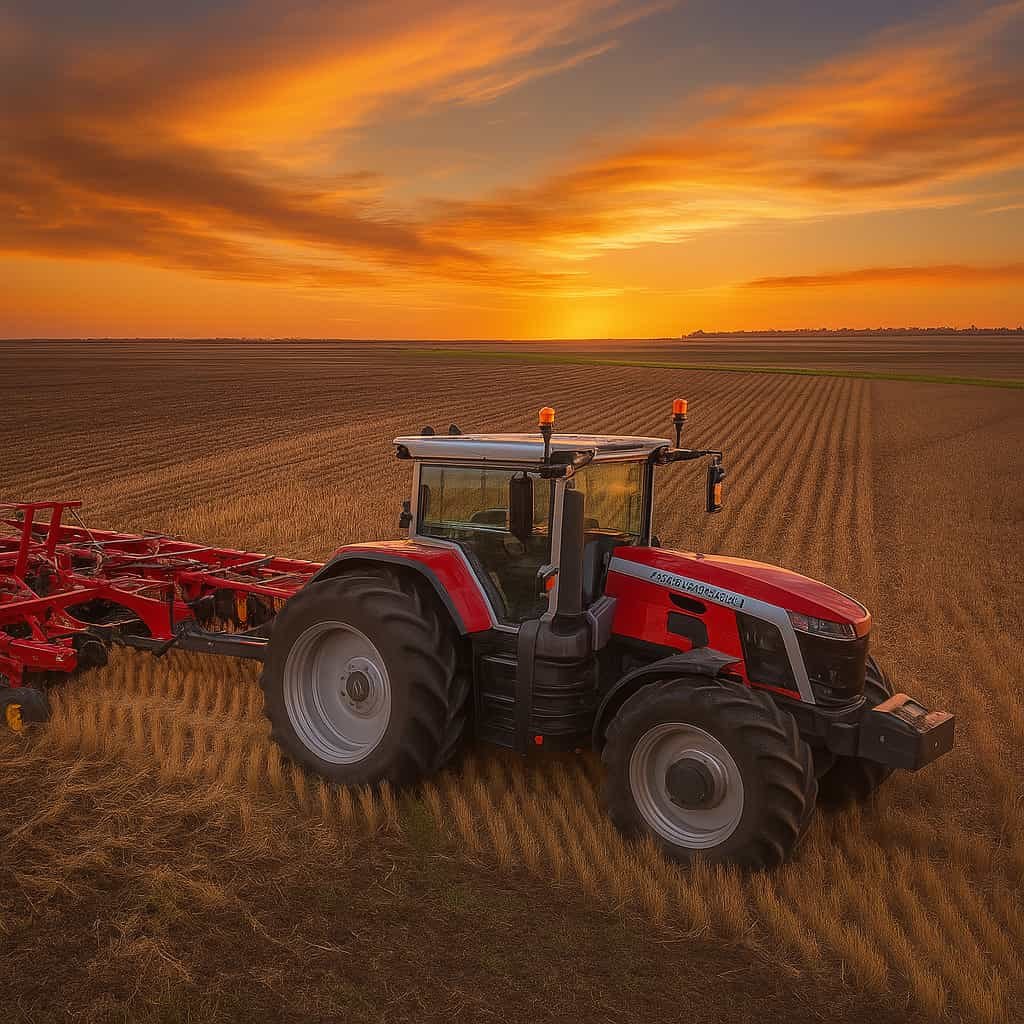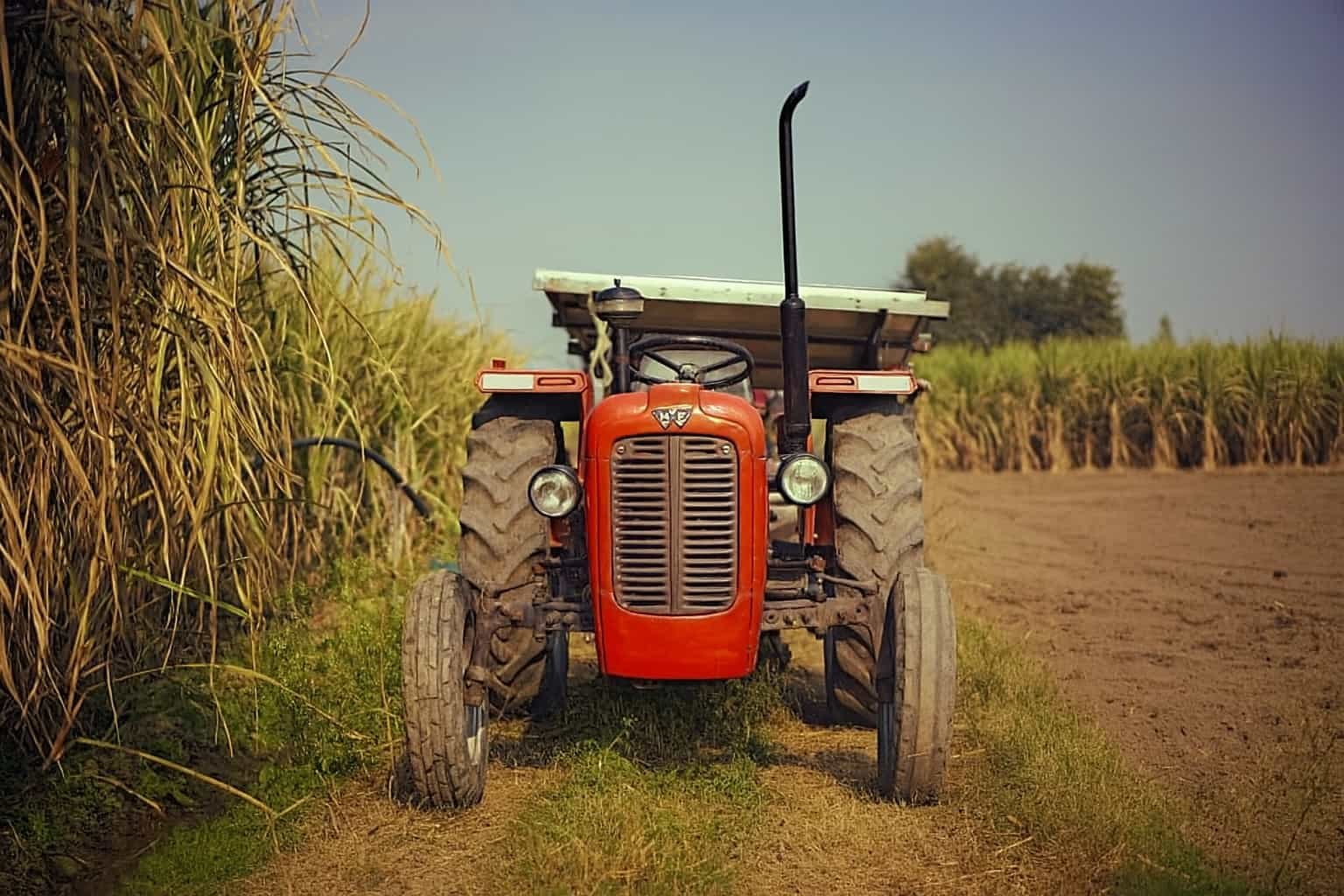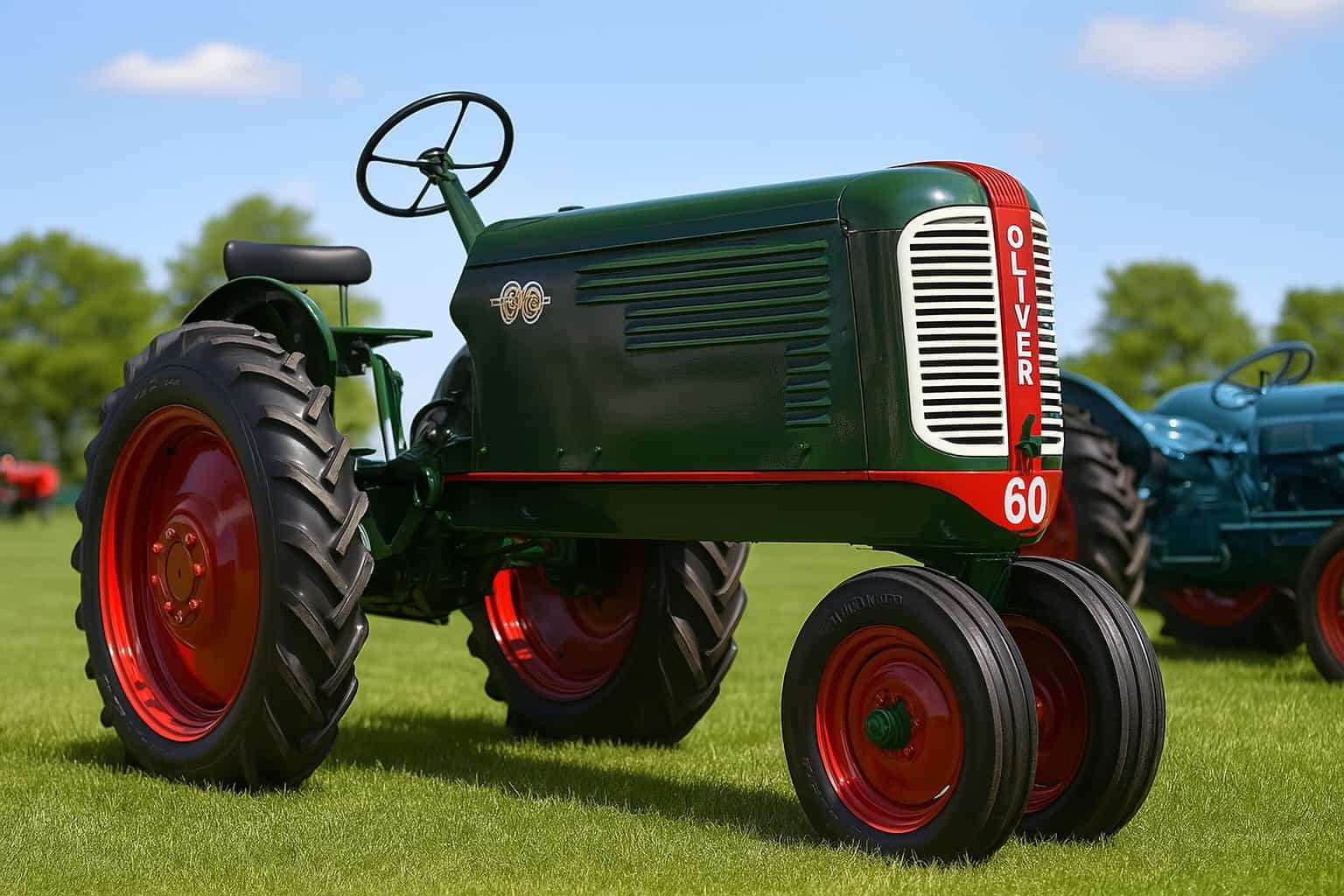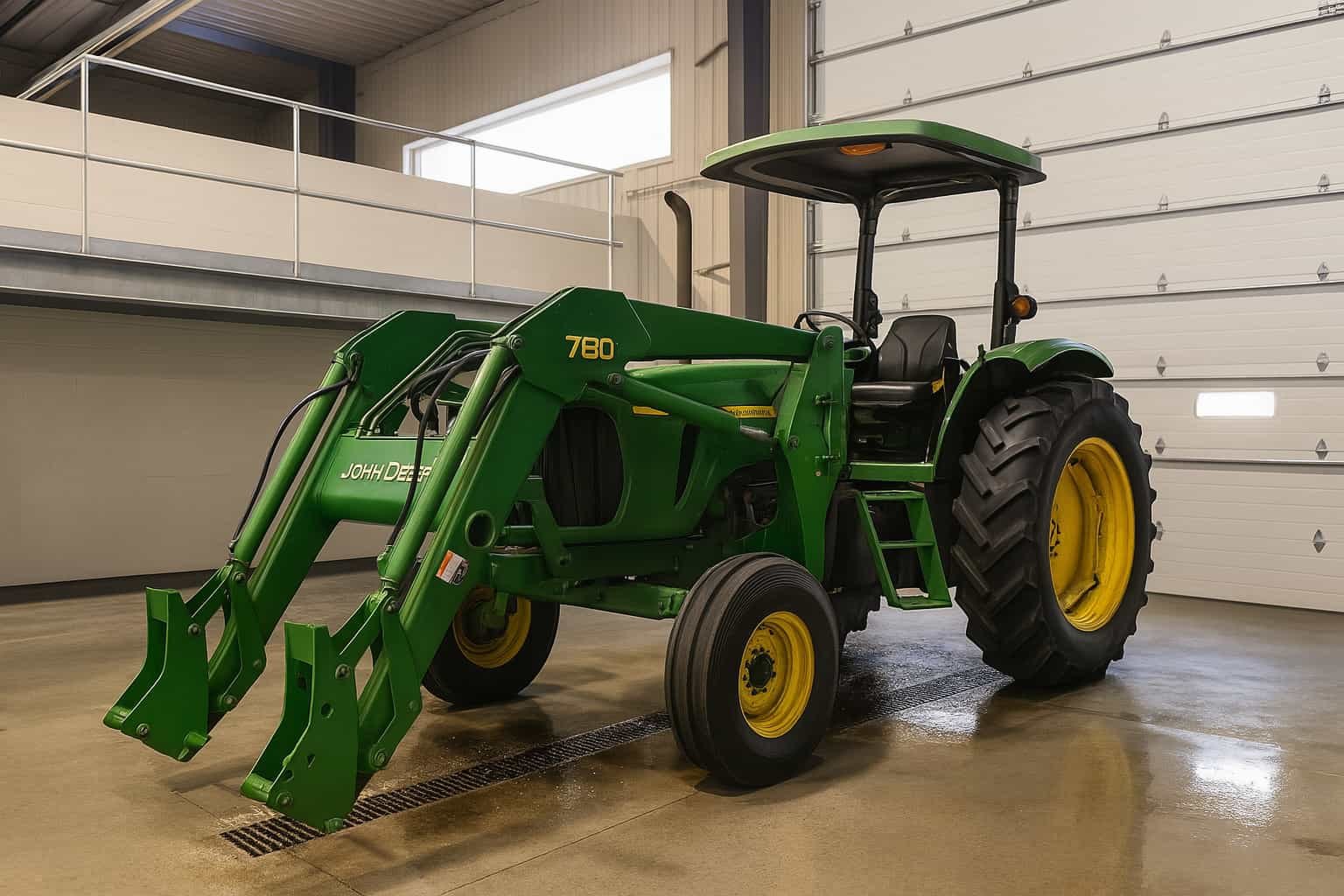What is a Row-Crop Tractor?
A row-crop tractor is a type of agricultural machine designed specifically for farm activities involving row crops like corn, soybeans, and cotton. It is engineered to navigate between crop rows without damaging the plants.
Key Features and Functions:
- Adjustable Wheel Width: Allows customization for different row spacings.
- High Ground Clearance: Prevents plant damage during cultivation.
- Versatility: Equipped for various tasks such as plowing, planting, and harvesting.
- Precision: Often includes GPS and auto-steering for accurate row navigation.
Operational Benefits:
- Efficiency: Enhances productivity by allowing multi-tasking in row-specific farming.
- Cost-Effective: Reduces the need for multiple machines by being versatile.
- Crop Protection: Minimizes crop damage due to its design and functionality.
Row-crop tractors are essential for modern agriculture, providing tailored solutions for row-based farming operations.
What is the difference between a row crop and utility tractor?
A row crop tractor is designed for tasks like planting, cultivating, and harvesting row crops, while a utility tractor is more versatile, used for general farm tasks such as mowing, loading, and digging.

Key Differences:
- Design and Structure:
- Row Crop Tractor: Narrower design for maneuvering between rows.
- Utility Tractor: Sturdier, more compact for a variety of tasks.
- Functionality:
- Row Crop Tractor: Focused on crop-specific tasks.
- Utility Tractor: Multi-purpose, handling various farm chores.
- Attachments and Implements:
- Row Crop Tractor: Specialized for row crop equipment.
- Utility Tractor: Compatible with a wide range of implements.
Usage Context:
- Row Crop Tractor: Ideal for larger farms focusing on crop production.
- Utility Tractor: Suitable for smaller farms or those needing a versatile machine for diverse activities.
Understanding these differences helps in selecting the appropriate tractor based on specific agricultural needs.
What is meant by row crops?
Row crops refer to agricultural crops grown in rows, enabling easier access for cultivation, irrigation, and harvesting. Common examples include corn, soybeans, and cotton.

Characteristics of Row Crops
- Grown in Rows: These crops are planted in linear patterns with space between each row.
- Ease of Access: The spacing allows for the use of machinery for planting, tending, and harvesting.
- Common Types: Corn, soybeans, cotton, and wheat are typical row crops.
- Efficient Management: The row arrangement facilitates efficient weed control, irrigation, and fertilization.
Benefits of Row Crops
- Enhanced Production: Optimizes use of machinery and resources.
- Reduced Labor: Mechanization reduces the need for manual labor.
- Soil Management: Easier to manage soil health and reduce erosion.
Row crops are a cornerstone of modern agriculture, providing a systematic approach to large-scale crop production and resource management.
Which is the best method of irrigation for row crops?
The best method of irrigation for row crops is drip irrigation. It delivers water directly to the plant roots, minimizing water wastage and maximizing efficiency.

Key Benefits of Drip Irrigation
- Water Efficiency: Direct water delivery reduces evaporation and runoff.
- Targeted Application: Water is applied precisely where needed, promoting healthier plants.
- Soil Preservation: Minimizes soil erosion and nutrient leaching.
- Cost-Effective: Reduces water usage and associated costs over time.
How Drip Irrigation Works
- Water Source: Water is pumped from a source.
- Filtration: Filters remove debris to prevent clogging.
- Distribution Network: Water travels through a series of tubes and emitters.
- Emitters: Deliver water directly to the root zone of each plant.
By implementing drip irrigation, farmers can achieve higher crop yields and more sustainable water use.


